
In this series we examine Illinois state sites benefiting from sportsmen’s contributions through the Federal Aid in Wildlife Restoration (Pittman-Robertson or PR) program. One of the largest, and longest running, projects is the Statewide Public Lands Wildlife Habitat Development Project (W-76-D), designed to create wildlife habitat on public lands, provide facility access and recreation opportunities, and establish wildlife management demonstration areas for Illinois citizens.
Ten Mile Creek State Fish & Wildlife Area was purchased in May 1988 from the Tennessee Valley Authority (TVA) through the “Build Illinois” Wildlife Habitat Acquisition Program. At the time of its purchase, the 5,818 acres was contained in 19 parcels and represented the single largest land purchase in the history of the Illinois Department of Conservation, now the Illinois Department of Natural Resources (IDNR). Ten Mile Creek is managed as four separate management units (see table).

“Within a year of acquisition the Ten Mile Creek property was open to hunting under a site permit system, which allows biologists and Conservation Police Officers to monitor hunter use and harvest,” explained John Bozett, former IDNR District Wildlife Biologist. “That same system is in place today, and interested sportsmen can apply online at www.dnr.illinois.gov.”

Ten Mile Creek SFWA contains a variety of habitats—native warm-season grasslands, cool-season grasslands, woodlands, shrublands, wetlands and food plots—with emphasis placed on maintaining the property as one of southern Illinois’ premier upland game hunting areas.
“The Illinois Wildlife Action Plan designated Ten Mile Creek as a High Priority Focus Area, which allows biologists and site staff the ability to concentrate on management practices that improve and enhance upland habitat, and the associated wildlife, such as quail, rabbit and a myriad of non-game grassland species,” Bozett stated. “With the aid of W-76-D funding and other sources, several hundred acres of native warm-season grasses and forbs have been established and are maintained through a regime of prescribed burning and mechanical and chemical herbicide manipulation.”

Additional wildlife management practices taking place at Ten Mile Creek include retiring marginal crop production fields from the lands annually leased for agricultural purposes, planting woodland shrub species beneficial to wildlife, and using prescribed burns to rejuvenate prairie grass stands and woodland areas and suppress undesirable invading plants and vegetation.
“With W-76-D funding we have aggressively addressed woody and exotic vegetation encroachment onto native warm-season grass fields and other areas,” Bozett said. “Ten Mile Creek has become a premier southern Illinois dove hunting area, and through the W-76-D program we are able to acquire the quality sunflower seed, fertilizer and chemicals necessary to showcase quality dove fields year after year.”

Hunting and Trapping at Ten Mile Creek
Available Game Species: Dove, squirrel, rabbit, pheasant, quail, ducks, wild turkey, deer (firearm, bow, muzzleloader), furbearers and crow.
Hunter Fact Sheet and Hunting Regulations for Ten Mile Creek
About the Site
Ten Mile Creek State Fish & Wildlife Area
R.R. 1, Box 179, IL Route 14
McLeansboro, IL 62859
(618) 643-2862
Counties: Hamilton and Jefferson
GPS Coordinates: N: 38.082 W: -88.625
Directions: The Ten Mile Creek SFWA headquarters is located 4 miles west of McLeansboro on Illinois Route 14.
Kathy Andrews Wright retired from the Illinois Department of Natural Resources where she was editor of OutdoorIllinois magazine. She is currently the editor of OutdoorIllinois Journal.






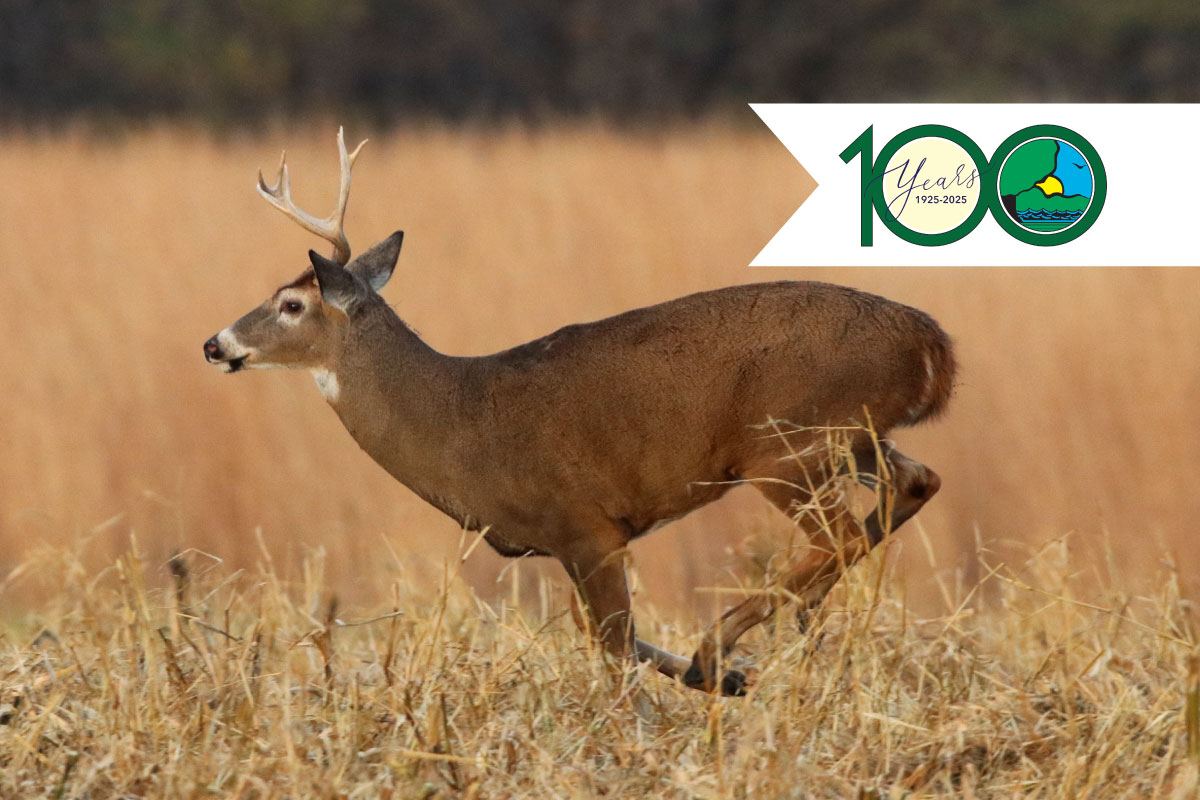
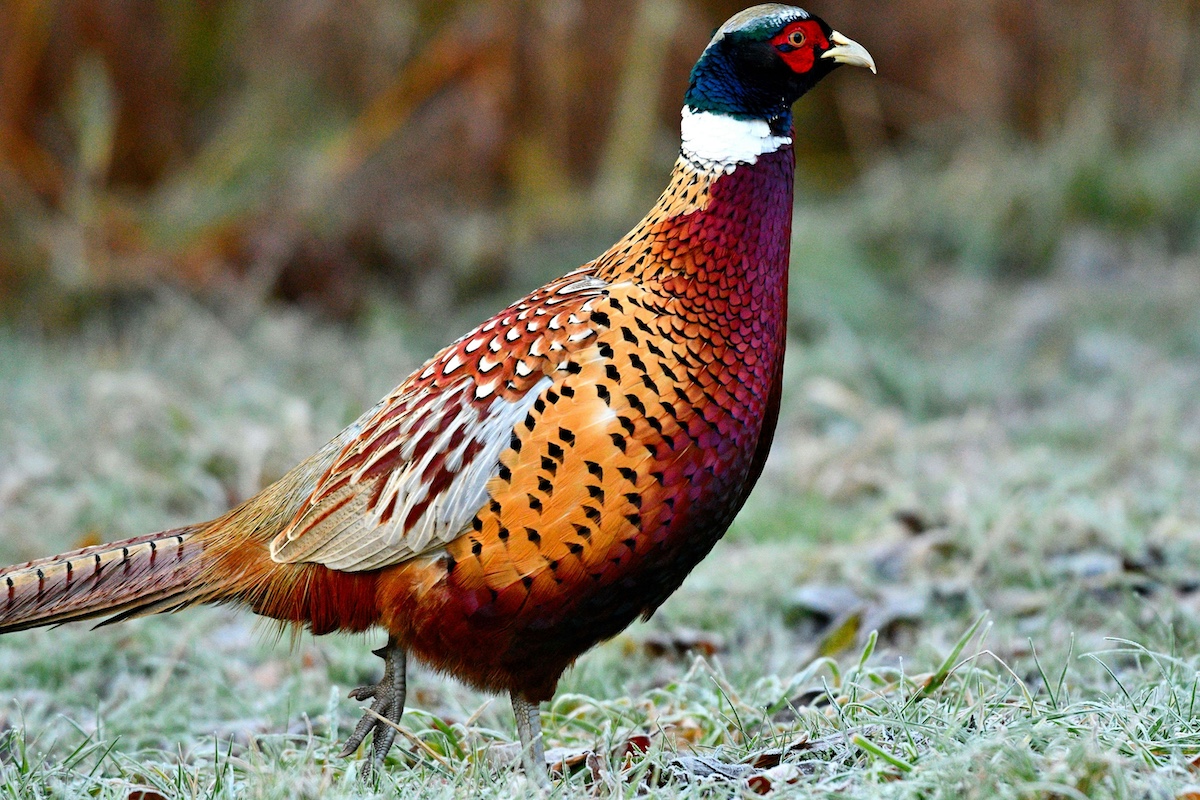
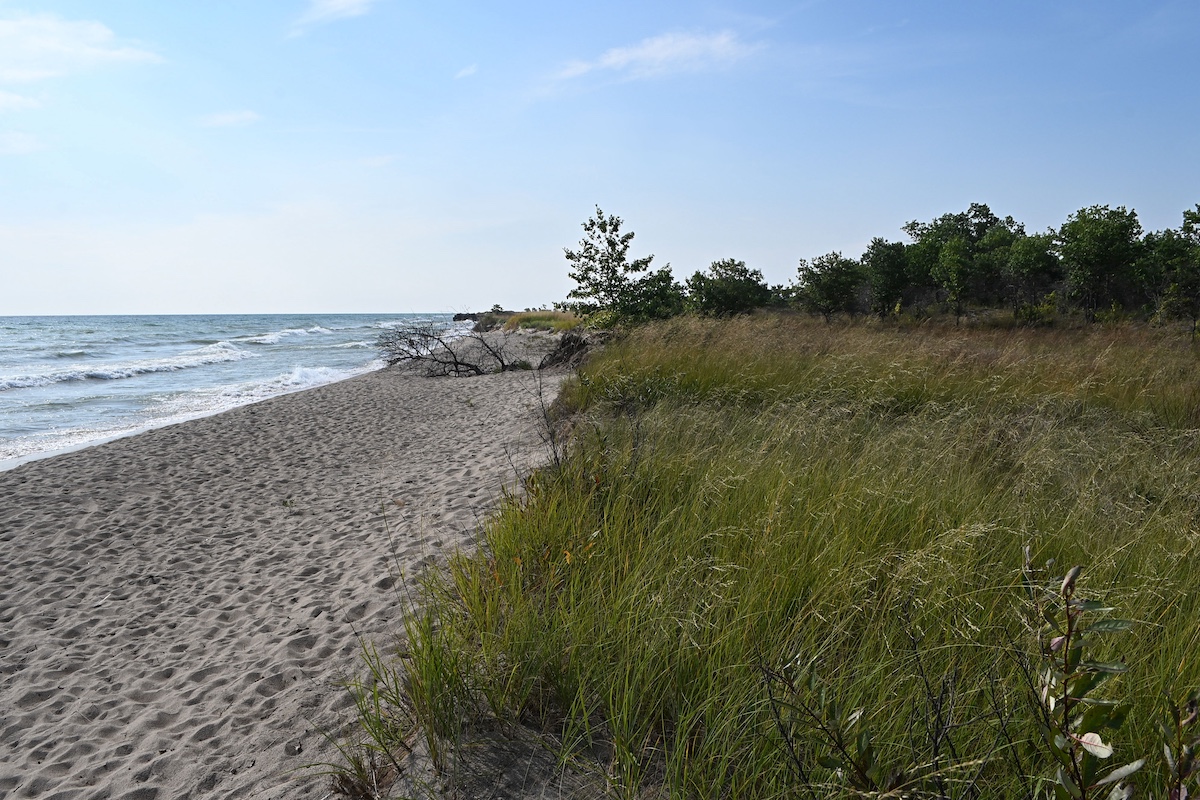
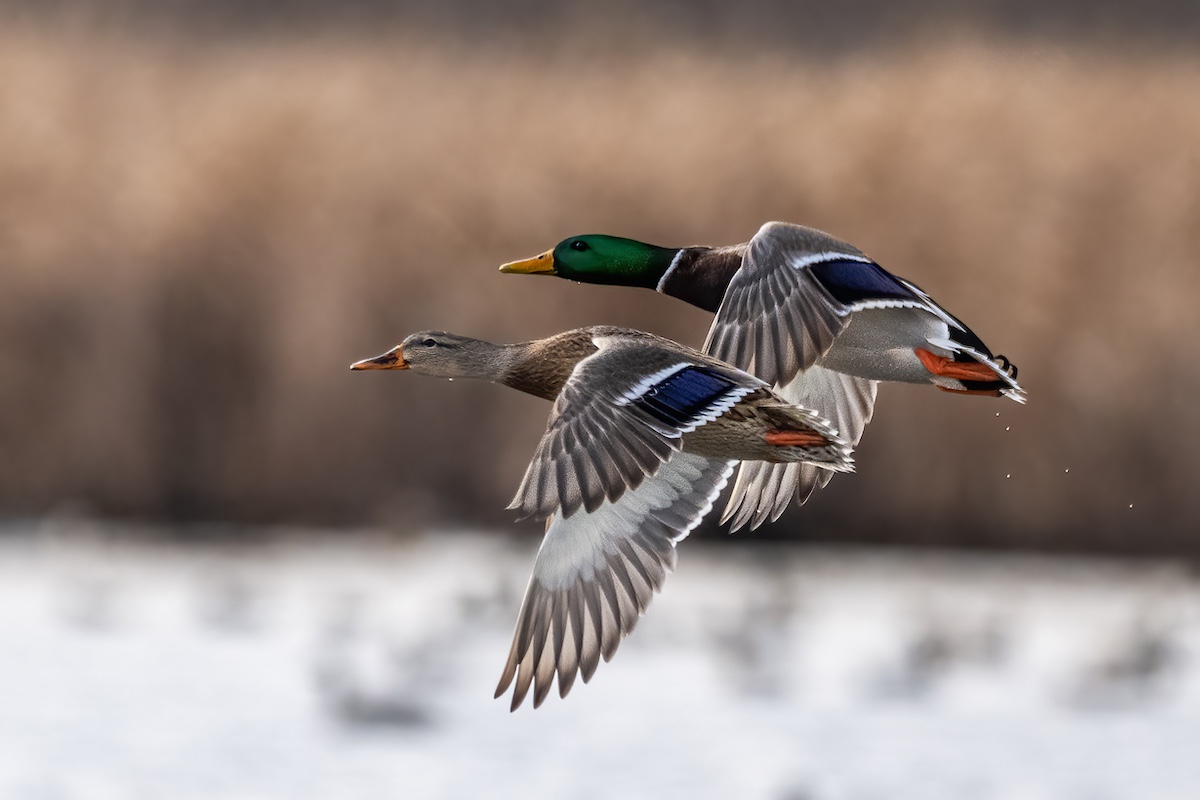
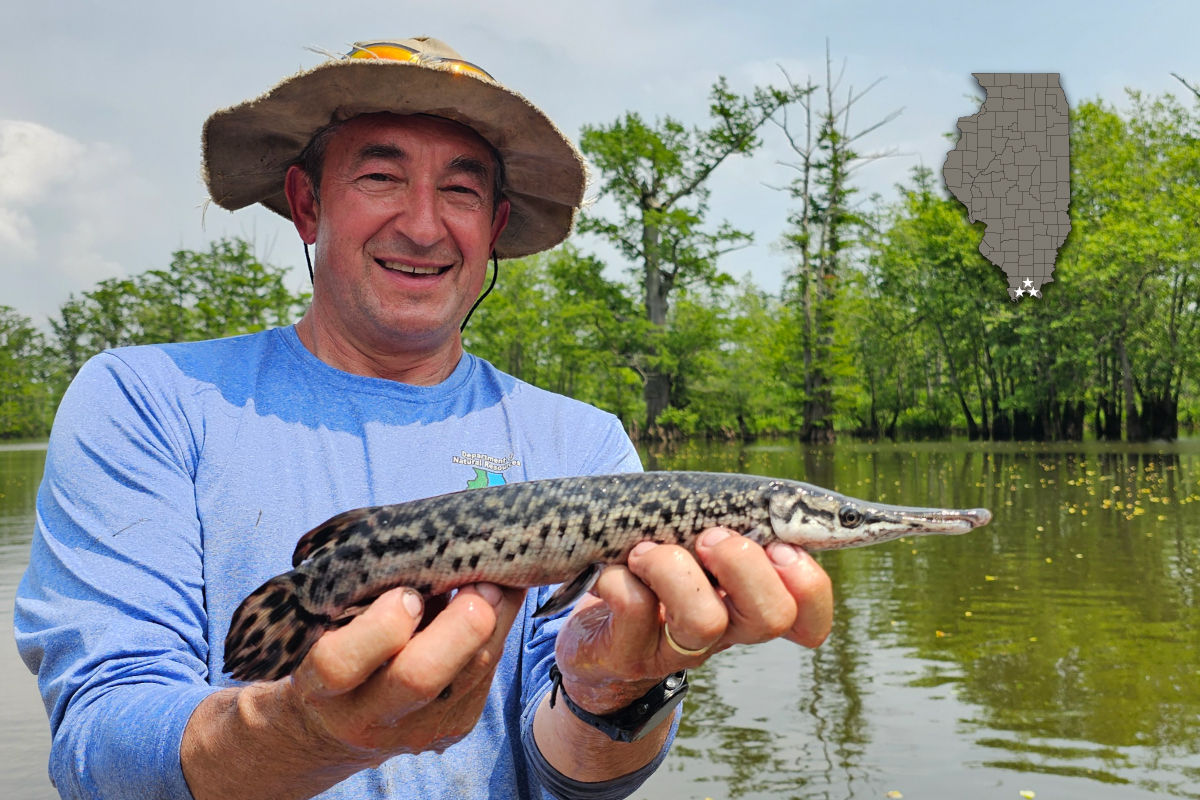
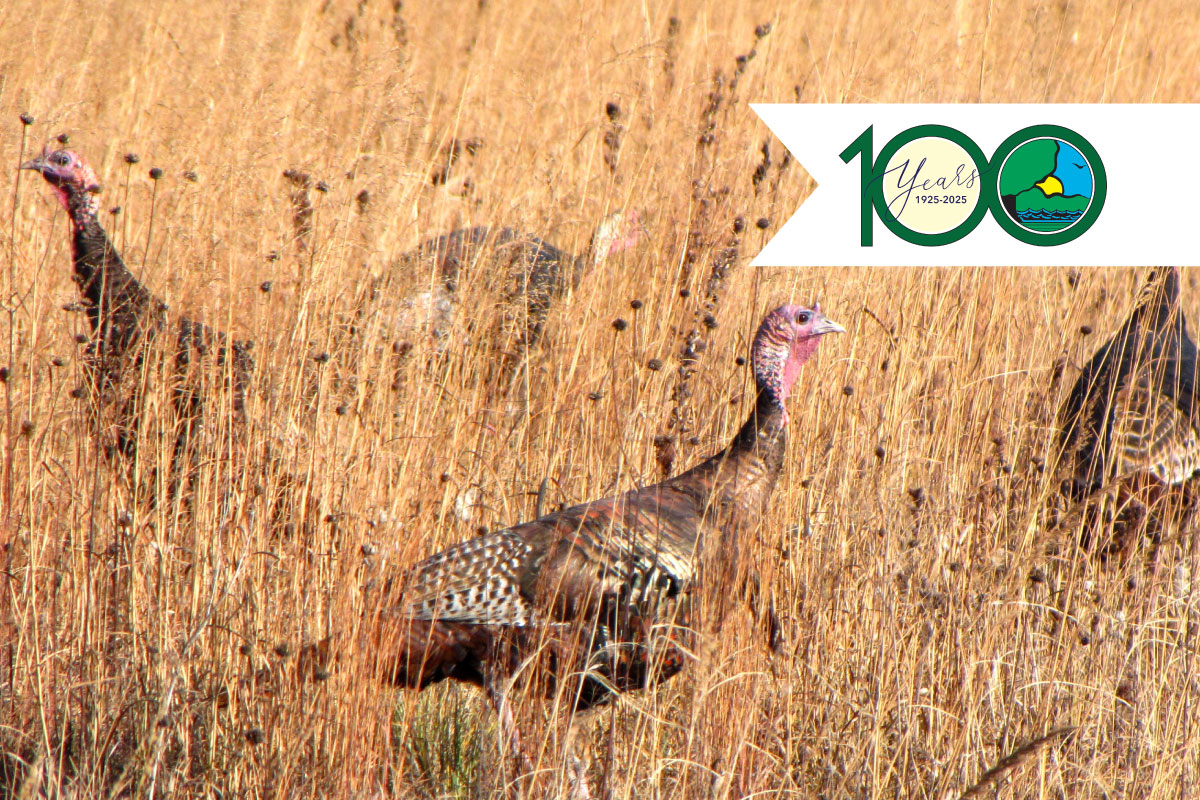
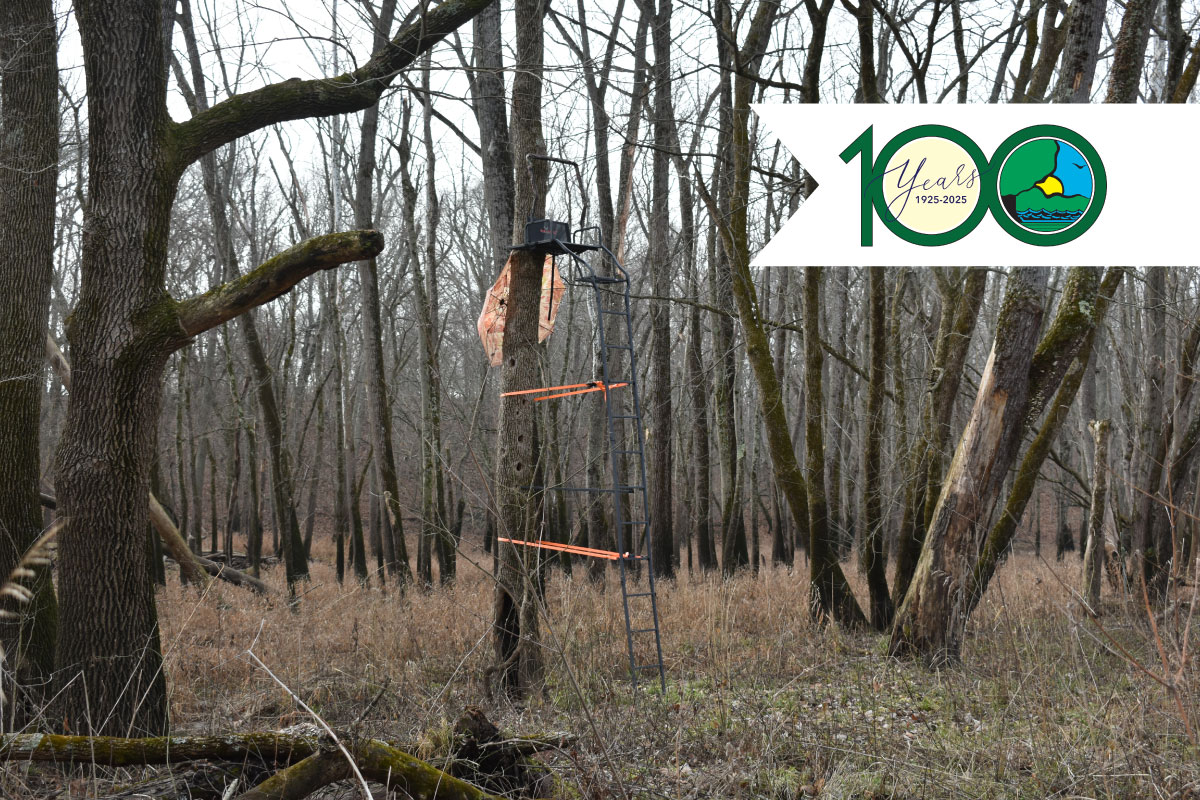
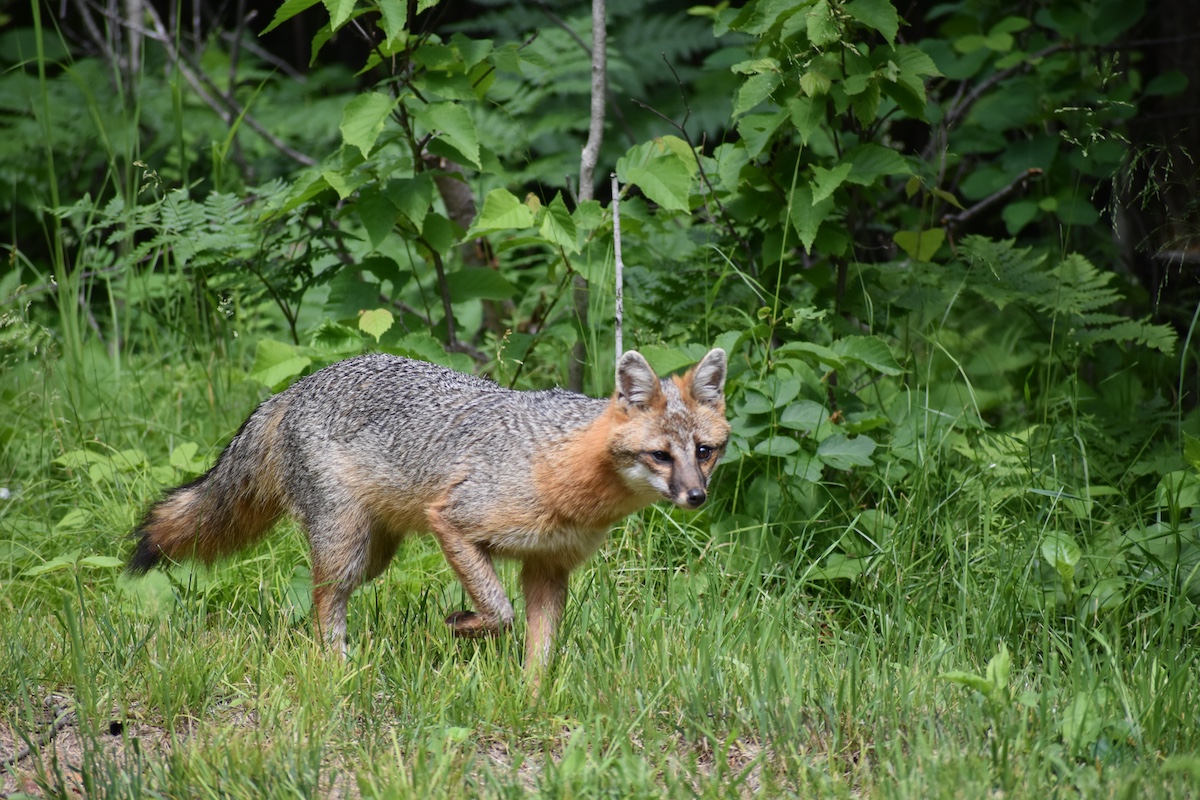
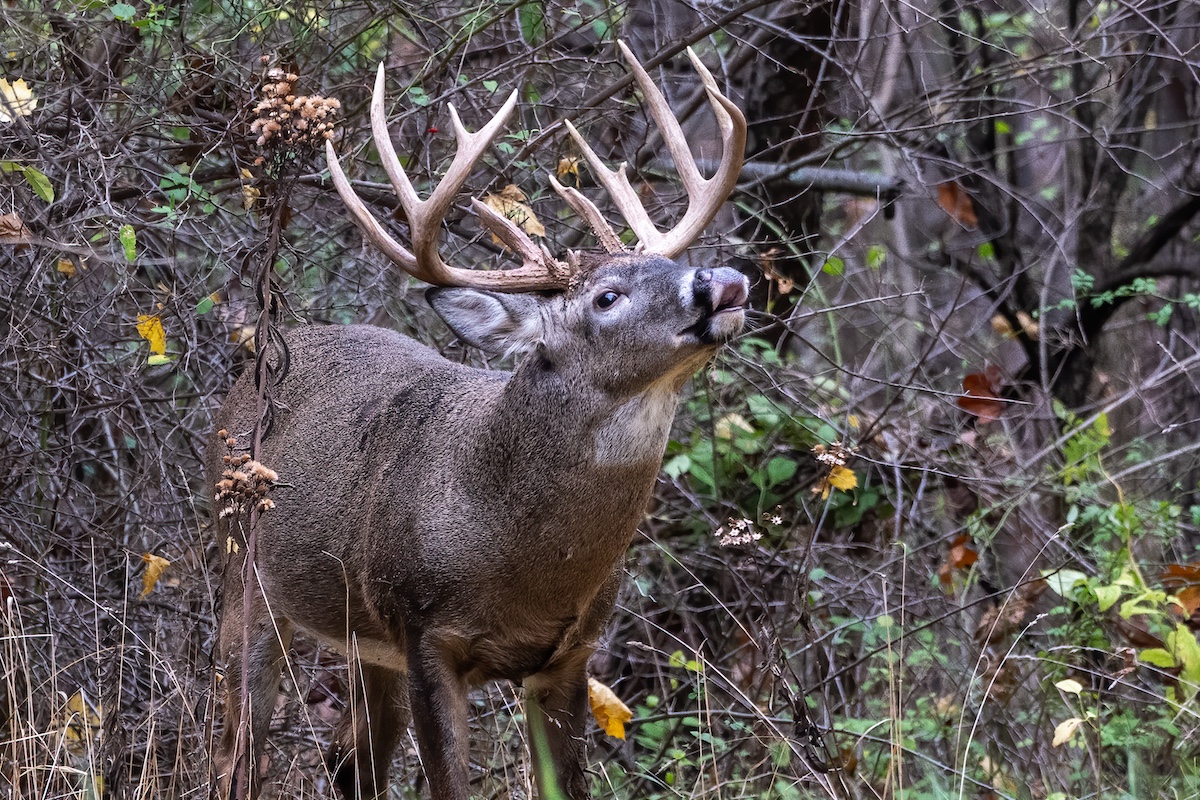

Submit a question for the author